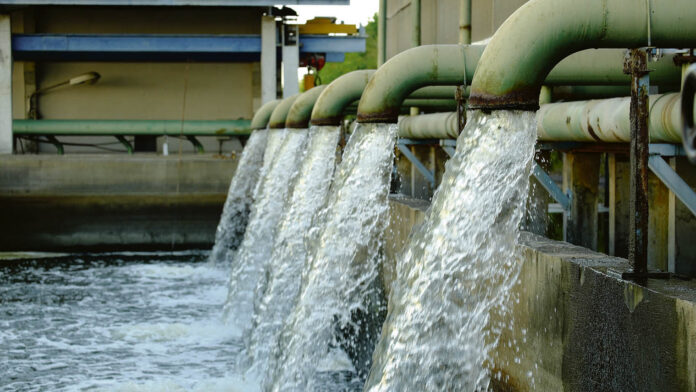With an influx of daily news reporting miscarriages of governance and policy in the form of infrastructural ruin, debilitating air quality, rising crime rates and the recent research report published by the Action Research Collective (ARC) on Lahore’s water contamination crisis, it is almost as though the city and its people are quickly climbing the hierarchy of injustice and neglect.
ARC, an environmental justice and advocacy collective, set out to investigate, through their social research, the presence of contaminant levels and physicochemical properties in Lahore’s household water supply. The focus of their research was to identify, in particular, the extent of chemical and microbial pollutants in the water, which have harmful repercussions for both humans and the environment. After visiting 850 randomly selected locations in Lahore, collecting water samples from 700 locations, and testing the samples in accredited laboratories the report revealed that 6 sites in Lahore are heavily contaminated with the presence of E.coli in their tap water supply. These E.coli hotspots were identified to be: Chungi Amar Sidhu, Charar, Kirianwala, Kharas Mohalla, Mustafaabad, & Kot Khawaja Saeed.
The presence of E.coli in water is indicative of sewage or animal waste contamination, which means that the water supply in most houses in each of these 6 locations is likely to contain fecal pollutants. The report includes that 32% of fifty-one tap water samples collected from households in Kharas Mohalla, were contaminated with coliforms, indicating sewage contamination. ARC further reports that the polluted water is causing a concerningly high percentage, such as 81% in Mustafaabad, of residents living in these danger zones to suffer from diarrhea or skin infections. Unfortunately, these two identified symptoms may only be the tip of the iceberg if this contaminated water and the unsanitary conditions of Lahore’s localities remain untreated.
This report, “Mapping Water (Ine)Quality” also notifies of another distressing crisis of lead contamination in Shadi Pura’s water supply. Only a 26 minute drive away from the city’s beloved Raya Golf Resort, the alarming repercussions of lead poisoning within Shadi Pura’s residents is a testament to the starkly different living conditions of Lahore’s varying income groups. In 2016, the Law and Parliamentary Affairs department of the Punjab Government set the permissible limit for lead in drinking water to be 50μg/L. However, the government’s own water supply in Shadi Pura revealed lead levels ranging between 150-1550μg/L. Similarly, the Action Research Collective graphically explains that the WHO, EPA, and the Punjab Government hold that the maximum safe levels of lead per Litre in drinking water are 10, 50, and 50 (microgram/Litre) respectively. Astonishingly, Shadi Pura water samples exhibited 1550 micrograms of lead per Liter recorded.
In assessing the consequences of this, the ARC’s reported results reveal that the ignorance of this lead contamination in the government’s water supply is a heinous injustice to the resident’s of this site. According to the Collective, unfortunately, 48% of adult males, 52% of adult women, and 82% of all children under 10 years of age in Shadi Pura were anemic. Additionally, 36% of women in the area reported stillbirths, while 10% reported premature births as well.
Amongst other future endeavors, the Action Research Collective next aims to study the water samples from both government and private hospitals across Lahore. The case of Shadi Pura as well as those of the other 6 E.coli infected sites illustrate that the enormous disinterest of the government has now begun to translate into a tangible health and safety catastrophe within Lahore. However, much like our past learnings, if the government decides to shove another case under their mounting carpet, they will again see that calamities do not restrict themselves to a spatial setting and that their ramifications are soon experienced through upheavals in the entire region.




